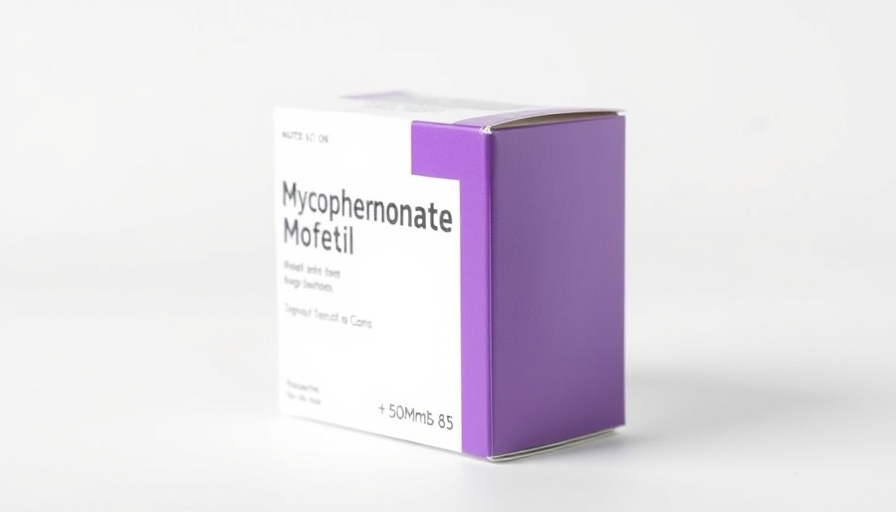
Understanding Semaglutide: A Game Changer for Weight Loss
The quest for effective weight loss solutions is fraught with disappointment, often leaving individuals feeling demoralized by failed diets, stringent exercise regimens, and the allure of miracle products that rarely deliver. Amidst this struggle, Semaglutide has emerged as a significant player in the realm of weight management.
Initially developed for the treatment of type II diabetes, Semaglutide, a GLP-1 receptor agonist, has been found to possess properties that aid in appetite control and blood glucose modulation. Observations from clinical trials show that the FDA-approved formulation, Wegovy, promotes a notable average weight loss of around 15% of total body weight.
Mechanisms Behind Semaglutide's Effectiveness
So, how exactly does Semaglutide facilitate weight loss? The medication engages the brain's appetite regulation mechanisms, fostering fullness and reducing hunger effectively. Key factors include:
- Appetite Regulation: By slowing stomach emptying, Semaglutide allows individuals to feel satisfied after smaller meals.
- Craving Control: It suppresses the urge to snack impulsively, helping users combat unwanted cravings.
- Improved Insulin Sensitivity: By maintaining lower blood sugar levels, individuals experience fewer energy dips, which can trigger snacking behaviors.
These mechanisms combined lead to decreased caloric intake and a sustainable approach to weight loss.
Who Should Consider Using Semaglutide?
Semaglutide is not universally applicable; it is ideal for individuals whose Body Mass Index (BMI) exceeds 30, or those with a BMI over 27 who also face health complications such as hypertension or sleep apnea. However, those considering Semaglutide should acknowledge that while it is an effective tool, it is not a standalone solution. It works best in conjunction with lifestyle modifications such as dietary adjustments and increased physical activity.
Potential Side Effects to Be Aware Of
As with any medication, it's essential to consider the side effects of Semaglutide. Commonly reported side effects include:
- Nausea
- Diarrhea
- Constipation
Open communication with healthcare professionals can help manage these side effects effectively.
Making Informed Choices
Staying informed about medications like Semaglutide is crucial for anyone on a weight loss journey. Personal circumstances, overall health, and lifestyle adaptations determine whether this drug is a suitable option. Engaging with healthcare experts for personalized advice can ensure that individuals navigate their weight loss journey effectively and safely.
This exploration of Semaglutide illuminates not just a potential weight loss solution but also underscores the importance of comprehensive lifestyle changes alongside any medical intervention. In merging innovative treatments with proactive personal responsibility, individuals can foster a healthier relationship with weight management.
 Add Row
Add Row  Add
Add 




Write A Comment